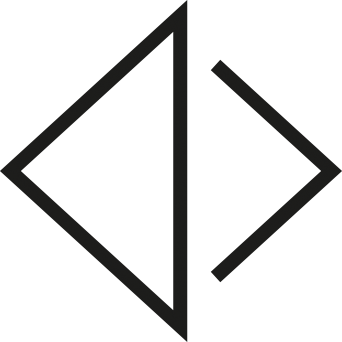THE BASIC-HOUSE, a modulair and flexible way of living
A sharing economy and a circulair system, combined with blockchain technology have resulted in a concept called the basic-house.
It has been very difficult to create more transparency in the real estate sector. The basic-housing concept combined with blockchain technology and shared facilities create a society that can rely on trustworthy, smart and flexible housing.
The need for flexible and more approachable housing is urgent in the Banne, Amsterdam. The district is known for low incomes, intensive social housing, criminality and refugee housing.
By implementing the Basic-House, an incentive is created which gives the district ánd her inhabitants a possibility to decide how their neighborhood looks like.
The plan area is centered between the north and south part of the Banne. De IJdoornlaan is a great entrance for the neighborhood but needs more formality and densification. There is a new centrum building with a shopping mall and the municipality developed a new cycle road.
On this crosspoint of roads and buildings, a huge potential arises to create a place where people, program ánd landscape shall come together.
This results in a new city block where you can live in a small house of 40 m2. This house, the basic-house is meant for two persons who are between 25 and 40 and have started to create a small family. One of the unique selling points is that you can add extra rooms for a certain amount of time. These rooms can serve the needs of inhabitants ánd people from outside the block. The house can expand by 10m2 for every child that comes into the family.
The structure of the building is made up of concrete columns with a grid of 4×5 meter. Modules can be placed in between the columns and differ in 3 sizes. (1 block, 2 blocks or 3+ blocks)
Functions like sauna’s, storage or reading rooms are 1 block (20m2). Big dinner rooms, play area’s or a library consist of 2 blocks. Then there are public functions, like a swimming pool, theatre or a bar, that use 3 blocks or more. All these sizes aren’t set and can be adjusted by the needs of the neighborhood.




The basic house consists of 2 blocks, with a balcony of 1 block. (40+20m2) When the couple gets a baby, they can use 10m2 of the balcony for extra room. This continues for the whole balcony and for rooms on the side of the basic-house. If an optional room is pushed out because of an increasing number of children, then this room moves to the top of the building. This way, the facade and roof of the building are being diversified all the time. The maximum conditions of the building are 14, 4 and 9 stories high and grow inside the plot which is 100 * 30 meters.
<p>The real estate is rented from the municipality. Governmental estate makes a city more flexible. Corporations provide the optional program and are responsible for the interior. The inhabitants of the block are shareholders of their basic- house. The memberships for the additional program and the maintenance of the building form the rent.
Blockchain in combination with Smart contracts and Internet of Things replace the coöperation. It regulates the trades between rooms, who lives in the building, how many people are in each house and who uses the program. The contracts between government and corporation are arranged and the continues demontage and remontage of the building is registrated in a building-passport. This gives insight in the buildings structure, state and value.
The building itself has 4 entrance points. 2 public entrances on the west side and the north side, 1 private entrance on the east side and a parking garage. Two staircases, a corridor and a courtyard surrounded by galleries from the logistics of the building and her spaces.
<p>Over time, the building is being adjusted and shaped to the needs and wishes for inhabitants of the whole neighborhood. Apartments in existing buildings can be switched for basic- and optional housing. People from one block go to the other block for specific program and to meet other people. This way the Banne turns from Banlieue to a more personalized Banne where inhabitants can have a vote.
This plan is a plea for personalized housing, developing more typologies for families in the city and using blockchain technology for simplifying complex organizations ensuring trust and comfort.


